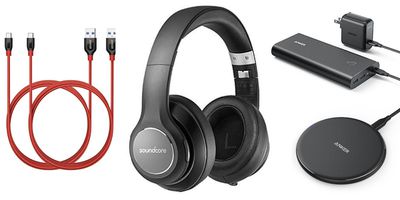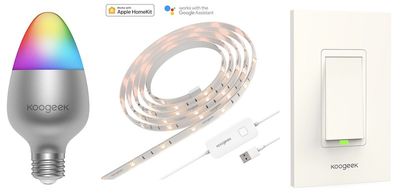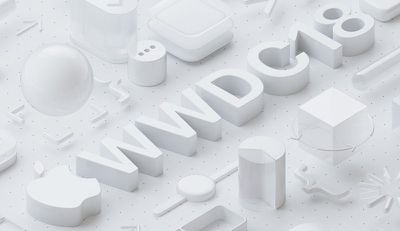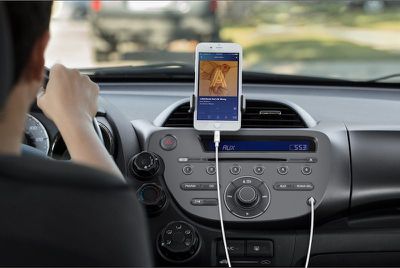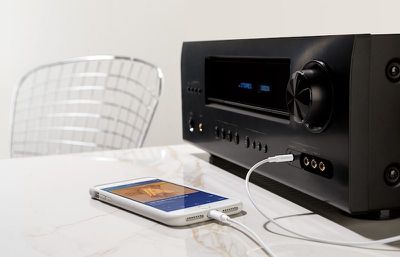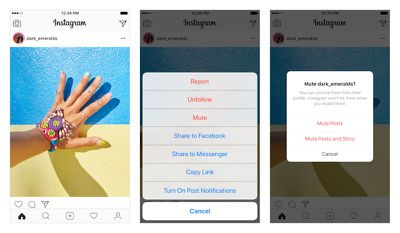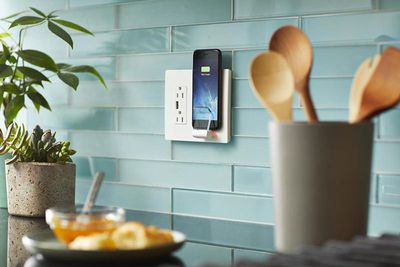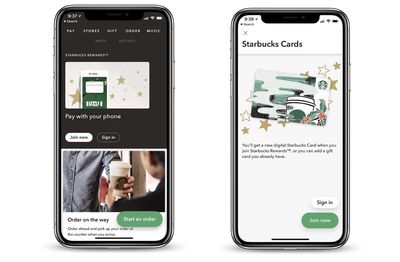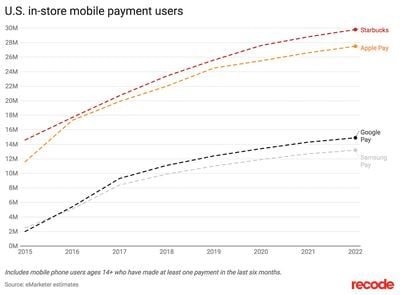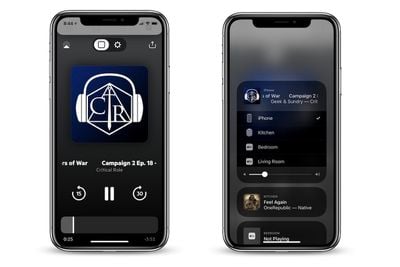Apple supplier Foxconn Technology Group is making a shift in its expansion plans to Wisconsin in the United States, where it will now produce small to medium-size displays for Apple and other customers. This is a change from its original plan of having the Wisconsin plant produce large television displays, and the move to smaller displays is said to help lower initial costs at the factory (via Nikkei).

In total, Foxconn's Wisconsin plant will make displays for car infotainment systems, personal computers, tablets, smartphones, smaller televisions, and other "niche products." If the supplier kept on track with building large TV displays, the output would have required a "more complete" local supply chain lacking in the state, and a greater initial monetary investment for production equipment.
"Previously, Foxconn planned to build a 10.5th-generation display manufacturing factory, which is more suitable for large-sized displays," supply chain sources told Nikkei.
"But later they figured out that it might be more feasible and efficient to build a sixth-generation display plant or an 8.5th-generation factory from which they could move some equipment from Asia."
The incomplete local supply chain is believed to have been one of the bigger obstacles to Foxconn's large panel plans in Wisconsin. Sources speaking to Nikkei said, "It would require other companies like Corning to also set up a glass substrate facility nearby, as it's almost impossible to ship fragile, huge size glass materials from a distant place."
Foxconn has been open to building a facility in the U.S., with news becoming more frequent in late 2016 and the eventual Wisconsin home tipped by sources speaking with The Associated Press in June 2017. Foxconn confirmed the Wisconsin/TV display plant later in the summer, with plans of investing $10 billion into the location and initially employing 3,000 workers, with the potential to expand to as many as 13,000.
As Apple CEO Tim Cook pointed out in a recent interview, many parts of the iPhone are created in the U.S. (like the display glass and Face ID module), but the components manufactured in the U.S. are then shipped abroad, with devices assembled by suppliers like Foxconn in China. Because of this, Cook said: "It's not true that the iPhone is not made in the United States. We have always made the parts here. People just look at where the final product is assembled." In a global world, Cook explained, manufacturing and assembly needs to be done in a variety of places.



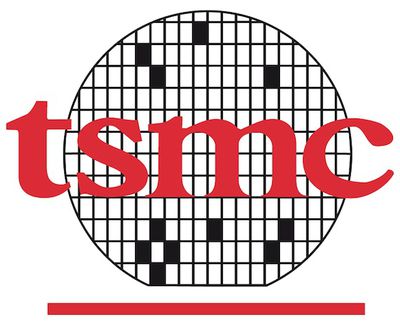
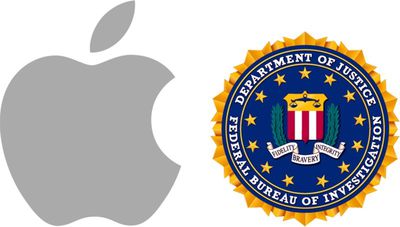
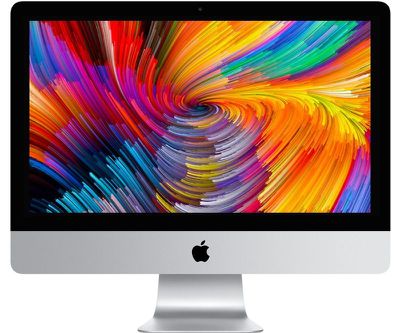

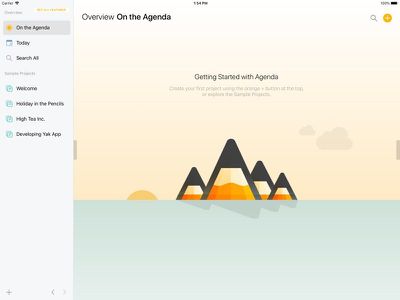
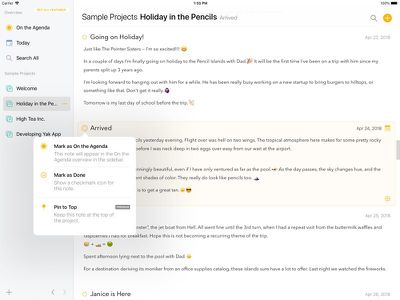
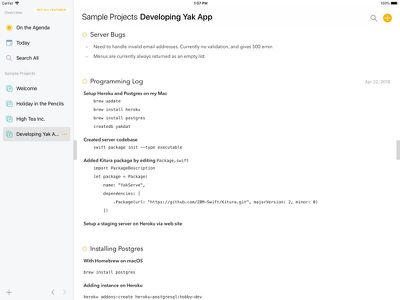

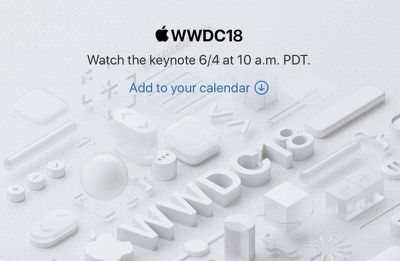

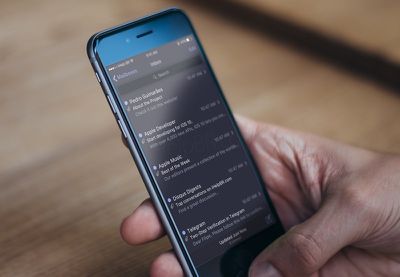
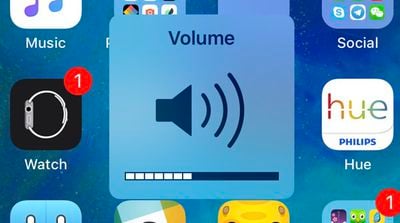

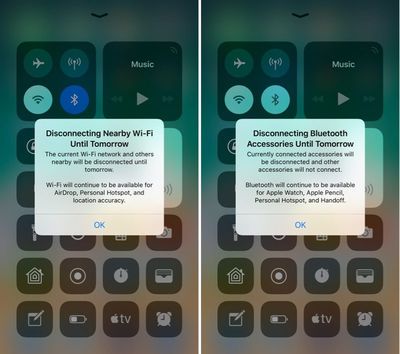
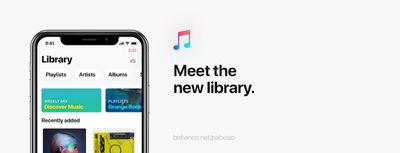
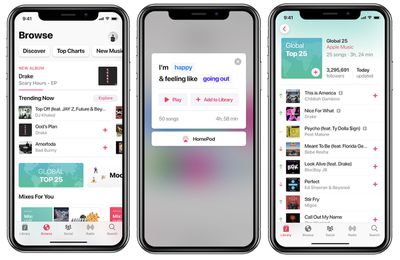
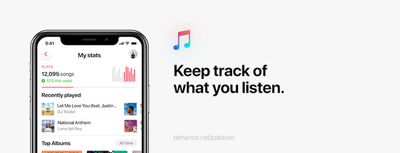
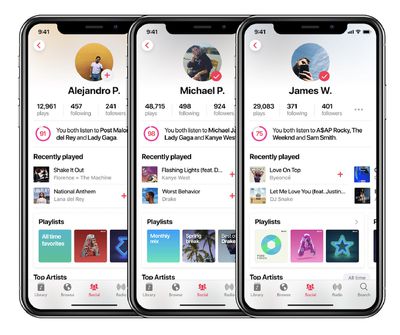
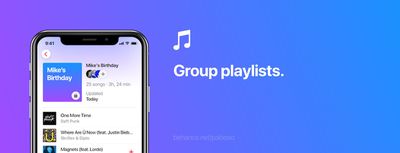
 Note: MacRumors is an affiliate partner with these vendors. When you click a link and make a purchase, we may receive a small payment, which helps us keep the site running.
Note: MacRumors is an affiliate partner with these vendors. When you click a link and make a purchase, we may receive a small payment, which helps us keep the site running.